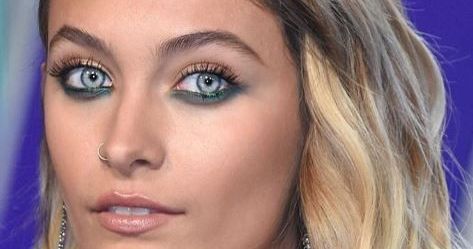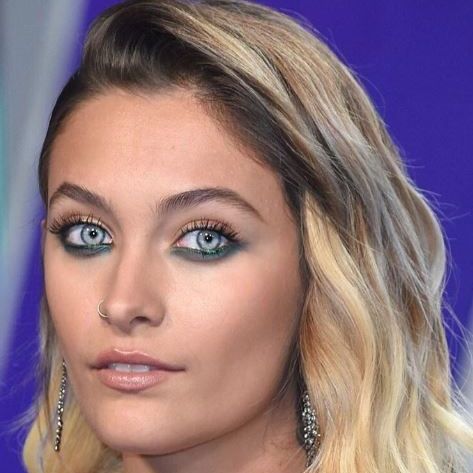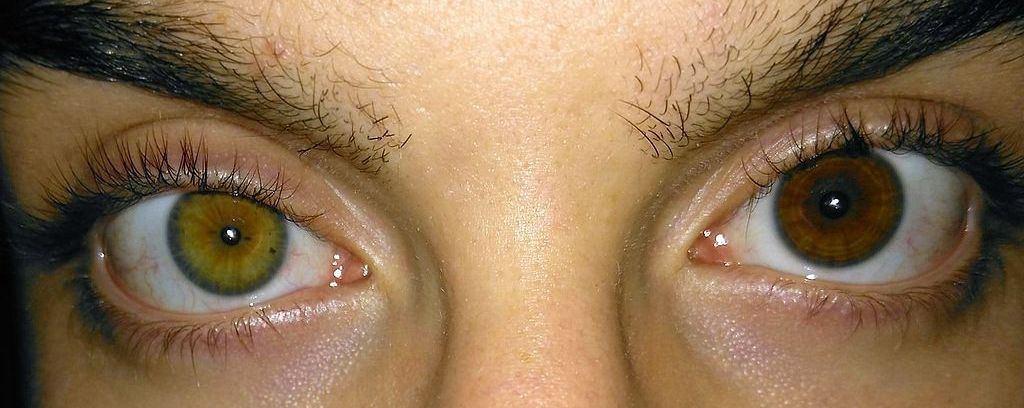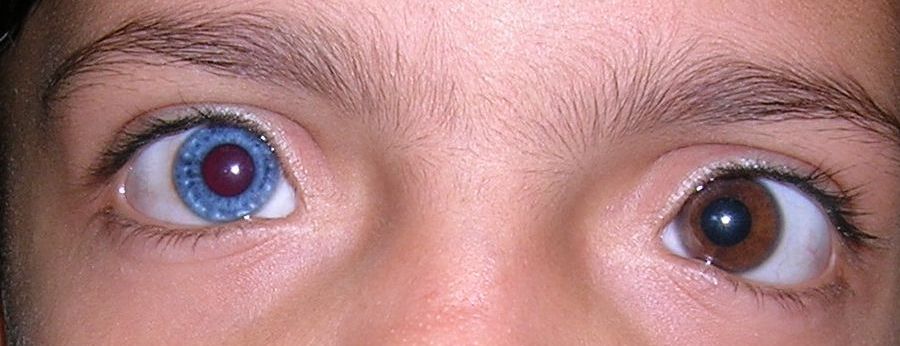Paris Jackson, daughter of the late Michael Jackson, remained largely under the radar before her father's untimely death in 2009 and for some time after.
She spent a few years battling depression and a drug addiction. Then four years after her pop star dad's death, Paris was forced to enroll in therapy after multiple suicide attempts.
The 18-year-old only recently started showing her face, and there's something striking about her appearance that make her stand out from the rest.
If you look closely, you'll notice that the teen has been blessed with a pair of gorgeous icy blue eyes and they're mesmerizing.
Here's an up close shot:
While blue eyes aren't exactly rare, you can see that Paris' irises are a unique shade of blue and there's a scientific reason for that.
According to Paris' makeup artist, Jo Baker, the teen has a rare genetic condition that gives her eyes that specific hue.
"Paris likes a really clean look. Every time we have a red carpet moment, we look each other in the eyes and I ask, "˜How far are you going to let me go?' She has to be gently nudged into [experimenting with] color." Jo told Hello Giggles.
Although Baker didn't say the name of the condition, it is highly likely that Paris' electric blue eye color may have been caused by Waardenburg Syndrome.
The U.S. National Library of Medicine describes the disorder as a "group of genetic conditions that can cause hearing loss and changes in coloring (pigmentation) of the hair, skin, and eyes."
Most people who have Waardenburg syndrome have normal hearing, but the pigmentation of their eyes gives it away. Some people even have two different colored eyes.
According to National Center for Advancing Translational Sciences, there are at least six different mutations of the syndrome and it is "inherited in an autosomal dominant (most commonly) or autosomal recessive manner."
Check out these photos of people with Waardenburg syndrome or heterochromia:
Approximately 1 in 40,000 people in the United States have a form of Waardenburg syndrome.
Waardenburg syndrome is named after D. J. Waardenburg, a Dutch ophthalmologist who first identified the condition in 1951.
Do you know anyone who has Waardenburg syndrome? Let us know in the comments!








